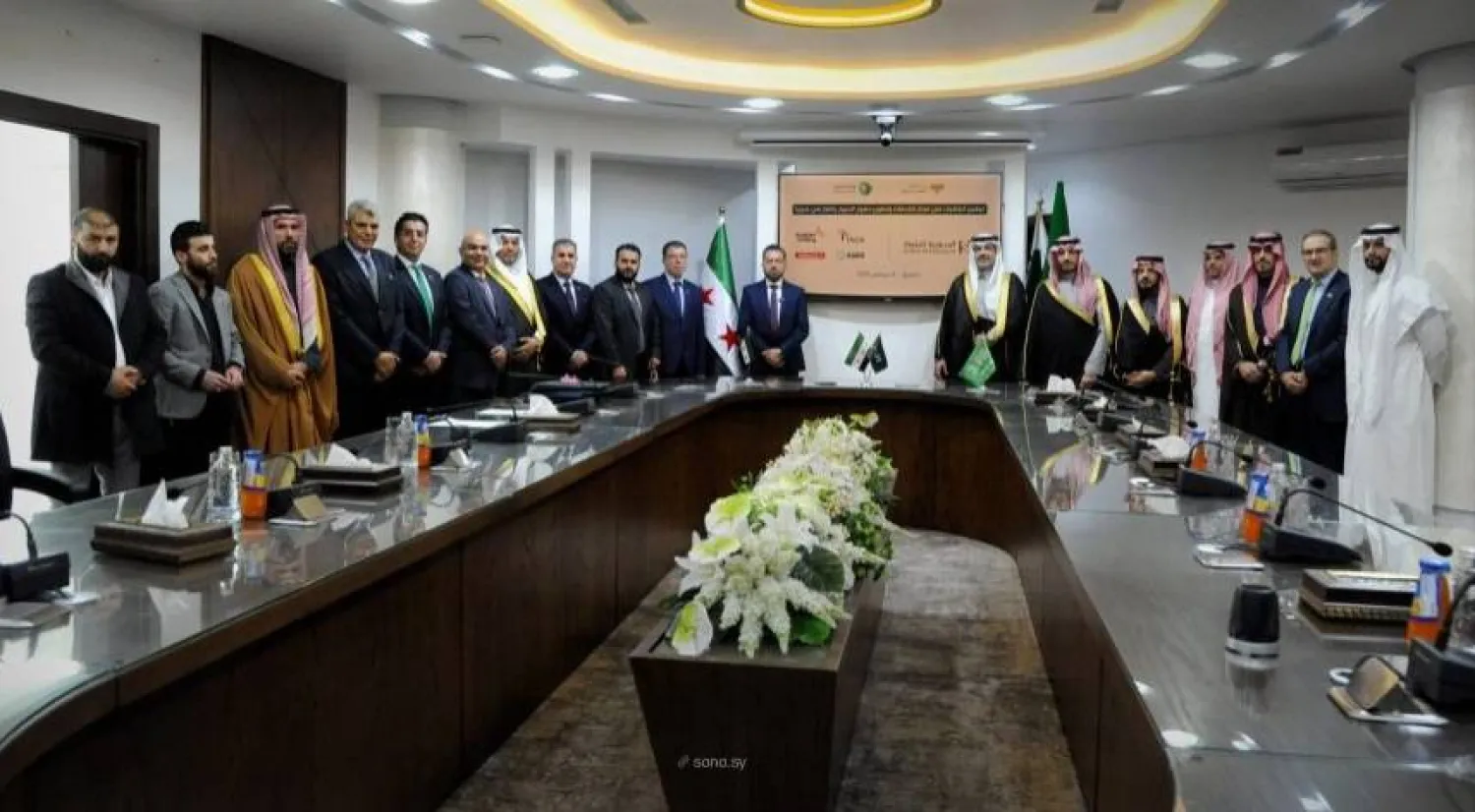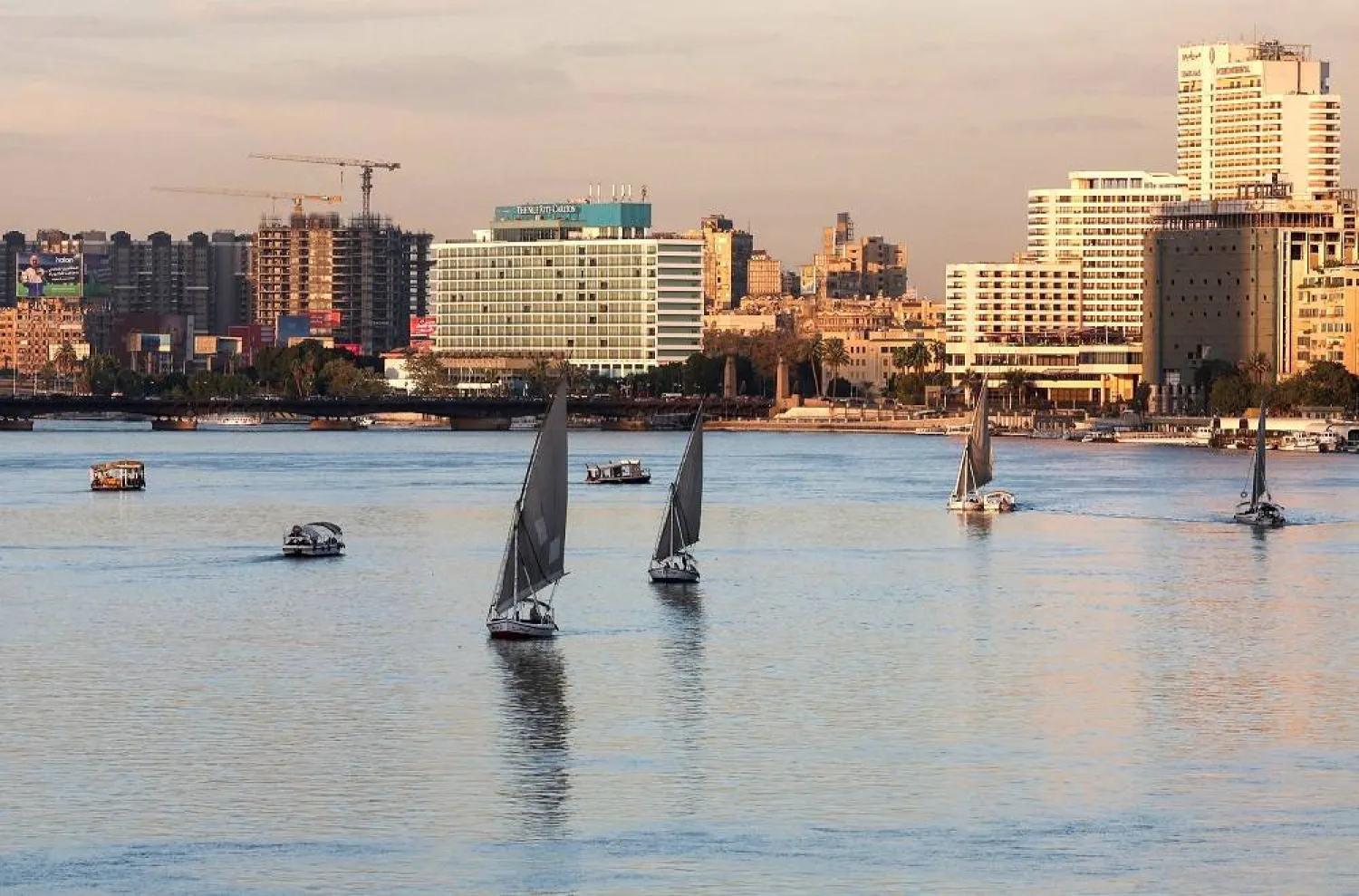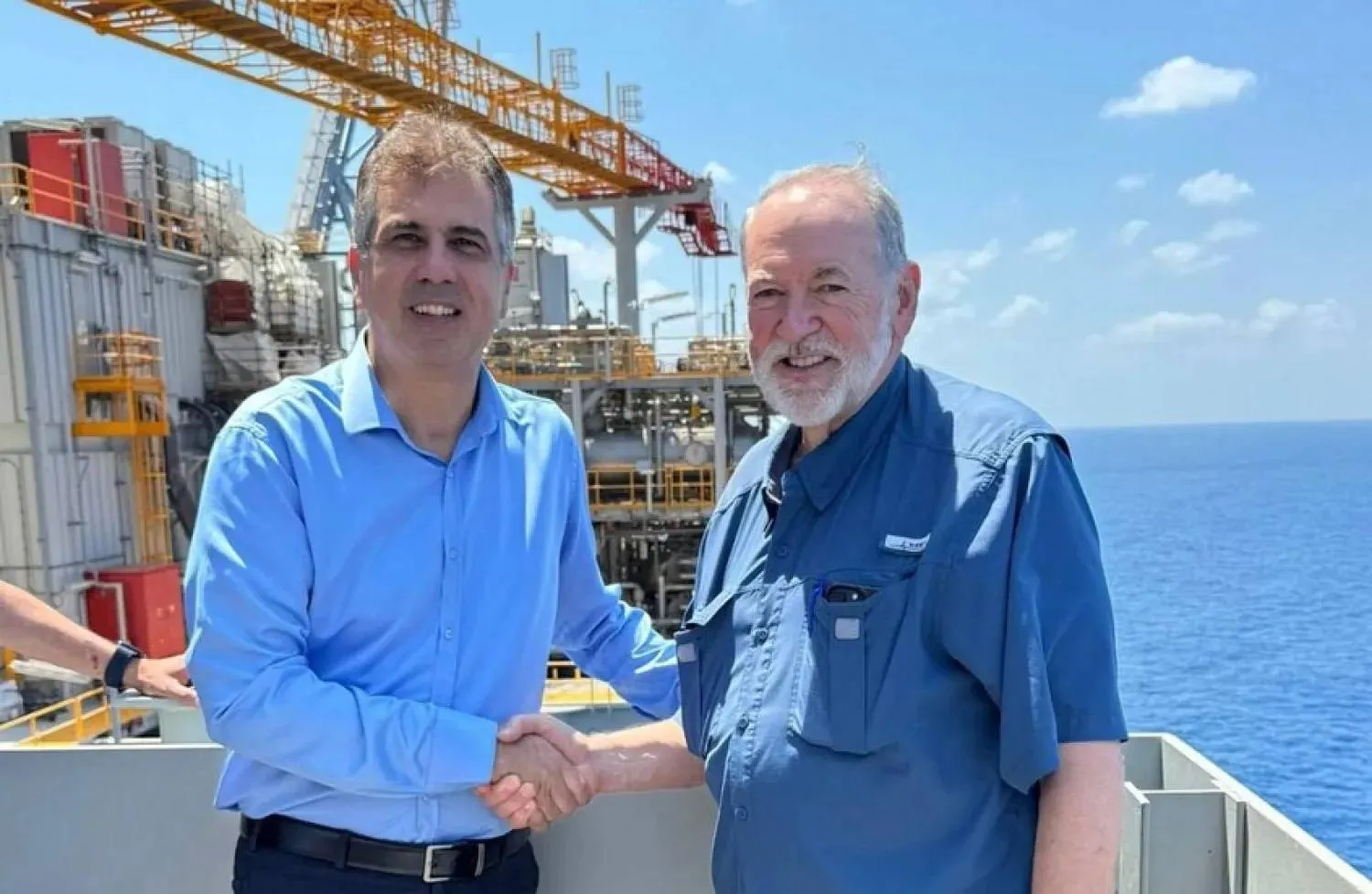The Saudi government is starting to see positive results from its efforts to boost the military, defense, and security industries. The localization rate of the sector has jumped from 4% to 13.6% by the end of 2022, a significant increase of 9.6%.
Furthermore, 477 licenses were issued for the establishment of 265 companies.
In Riyadh, Defense Minister Prince Khalid bin Salman inaugurated the World Defense Show 2024, attended by defense ministers and officials from various countries, along with specialized companies.
The exhibition is being held in the Saudi capital city for the second time after its debut in 2022, featuring the latest innovation across the defense sector.
Ahmed Al-Ohali, governor of the General Authority for Military Industries (GAMI), stressed the importance of unlimited government support to strengthen the sector.
This support aims to enhance the Kingdom’s strategic capabilities, promote the localization of national military industries, and align with the vision for the future.
Government Spending Boosts Defense Industry in Saudi Arabia
Saudi Arabia is boosting its defense and security industries with strong government support. This push aims to advance these sectors and fulfill the localization goal of 50% of government spending on military equipment and services, as outlined in the national transformation plan, “Vision 2030.”
Al-Ohali stated that the Kingdom is already seeing positive outcomes, with the localization rate increasing from 4% to 13.6% by the end of 2022. Furthermore, 477 permits and licenses were issued for 265 companies in the military industries sector, creating over 74 investment opportunities for localizing the supply chain.
The governor highlighted the sector’s expected contribution to the GDP, reaching around SAR 93.75 billion ($25 billion) by 2030. It is anticipated to generate 40,000 direct job opportunities and 60,000 indirect job opportunities in the same year.
International Partnerships
Emphasizing the World Defense Show’s significance as a crucial platform for experts and industry professionals, Al-Ohali affirmed that “the second edition of this leading international event in the defense and security industry in the Kingdom is an extension of the successes and achievements witnessed in the inaugural edition.”
“The exhibition will strategically support the nation's efforts towards achieving localization targets and provide an ideal environment for communication and interaction among participants,” added Al-Ohali.
“The aim is to enhance international partnerships in the defense and security industry, contributing to the vision of our beloved Kingdom through technology transfer and competence development support.”
Saudi Military Industry Flourishes: Localization Surge to 13.6%

An image from the inaugural World Defense Show north of Riyadh. (Supplied)

Saudi Military Industry Flourishes: Localization Surge to 13.6%

An image from the inaugural World Defense Show north of Riyadh. (Supplied)
لم تشترك بعد
انشئ حساباً خاصاً بك لتحصل على أخبار مخصصة لك ولتتمتع بخاصية حفظ المقالات وتتلقى نشراتنا البريدية المتنوعة







